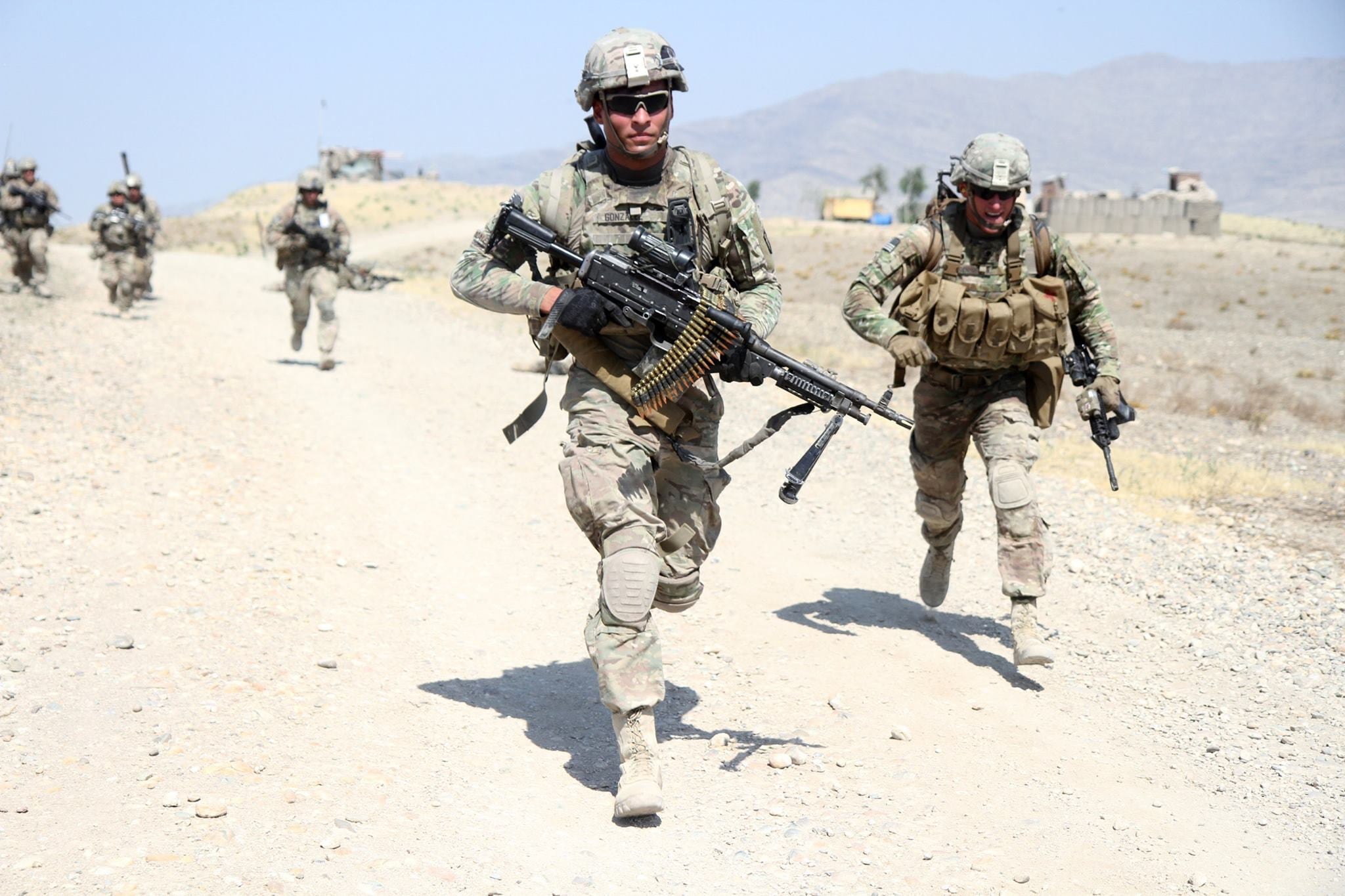The replacement for the Army’s 5.56mm Squad Automatic Weapon could be an entirely new type of light machine gun that fires not only a different caliber round, but caseless ammunition.
That’s because one of the five companies recently awarded contracts to produce a weapon prototype by this time next year has been building weapons to fire that type of ammo for the past 14 years.
A notice posted Thursday included the identities of the five companies:
- AAI Corporation Textron Systems in Hunt Valley, Maryland.
- FN America LLC.in Columbia, South Carolina.
- General Dynamics-OTS Inc.
- PCP Tactical, LLC. in Vero Beach, Florida.
- Sig Sauer Inc. in Newington, New Hampshire.
The companies were awarded a contract to provide a prototype for the Army’s Next Generation Squad Automatic Rifle, or NGSAR. The light machine gun is the first planned major overhaul of small arms in decades.
Based on the notice, it appears that FN America has been granted an award to provide two prototypes, while the other four companies will provide a single prototype.
Those prototypes will help the Army decide what’s possible given their extensive requirements for the new weapon. There will then be an open competition following those submissions, where more companies can try to get in on the weapon that will utlimately replace the M249 SAW and influence the M4 replacement, as well.
It is also the first weapon of its type that could mean a dramatic shift in all small arms, with follow-on changes planned for an individual carbine that will likely incorporate the machine gun changes, officials have said.
RELATED

Current efforts include work on a lighter machine gun that fires a government-designed 6.8mm round, which falls between the lighter 5.56mm and heavier 7.62mm used in heavy machine guns. But submissions can include other calibers, so long as they meet accuracy and lethality requirements for the new weapon, officials have said.
In the Textron release, the company says the prototype will be based on their cased-telescoped weapons and ammunition portfolio. The company has designed both a carbine and light machine gun variant, which have been displayed publicly in recent years.
The NGSAR will be an “intermediate caliber, high-velocity, magazine-fed system,” according to the release. It will weigh less than 12 pounds with ammunition that weighs 20 percent less than the traditional brass case ammo.
The weapon will be at most 35 inches long and be able to fire 60 rounds per minute for 15 minutes without a barrel change.
Accuracy matters too. A shooter must be able to hit standard targets at 50 meters while standing, with three- to five-round bursts at least 70 percent of the time.
The companies also received awards for advanced weapons and fire control technologies, for the Next Generation Squad Weapons Technologies, the umbrella program for advancing small arms, and for the fire control capability.
Wayne Prender, vice president of Applied Technologies & Advanced Programs at Textron Systems, told Army Times Thursday that he couldn’t discuss details of their fire control submissions configuration. But he did talk about some of the capabilites they plan to provide.
“We’re offering up a solution set, day/night system optics with a laser range finder, integrated ballistic computer for computation of the target,” Prender said.
Last year Textron unveiled a 6.5mm carbine using their ammunition. The NSGW program aims to use an intermediate caliber, likely in the 6mm range, such as their 6.8mm ammunition development.
But Prender said he couldn’t discuss details of the caliber submission for the weapon prototype.
Army leaders have said that advancements will come in stages and initial fire controls will be a part of the first fielded system, but that improved fire controls with additional upgrades will be incorporated into the system.
Todd South has written about crime, courts, government and the military for multiple publications since 2004 and was named a 2014 Pulitzer finalist for a co-written project on witness intimidation. Todd is a Marine veteran of the Iraq War.




